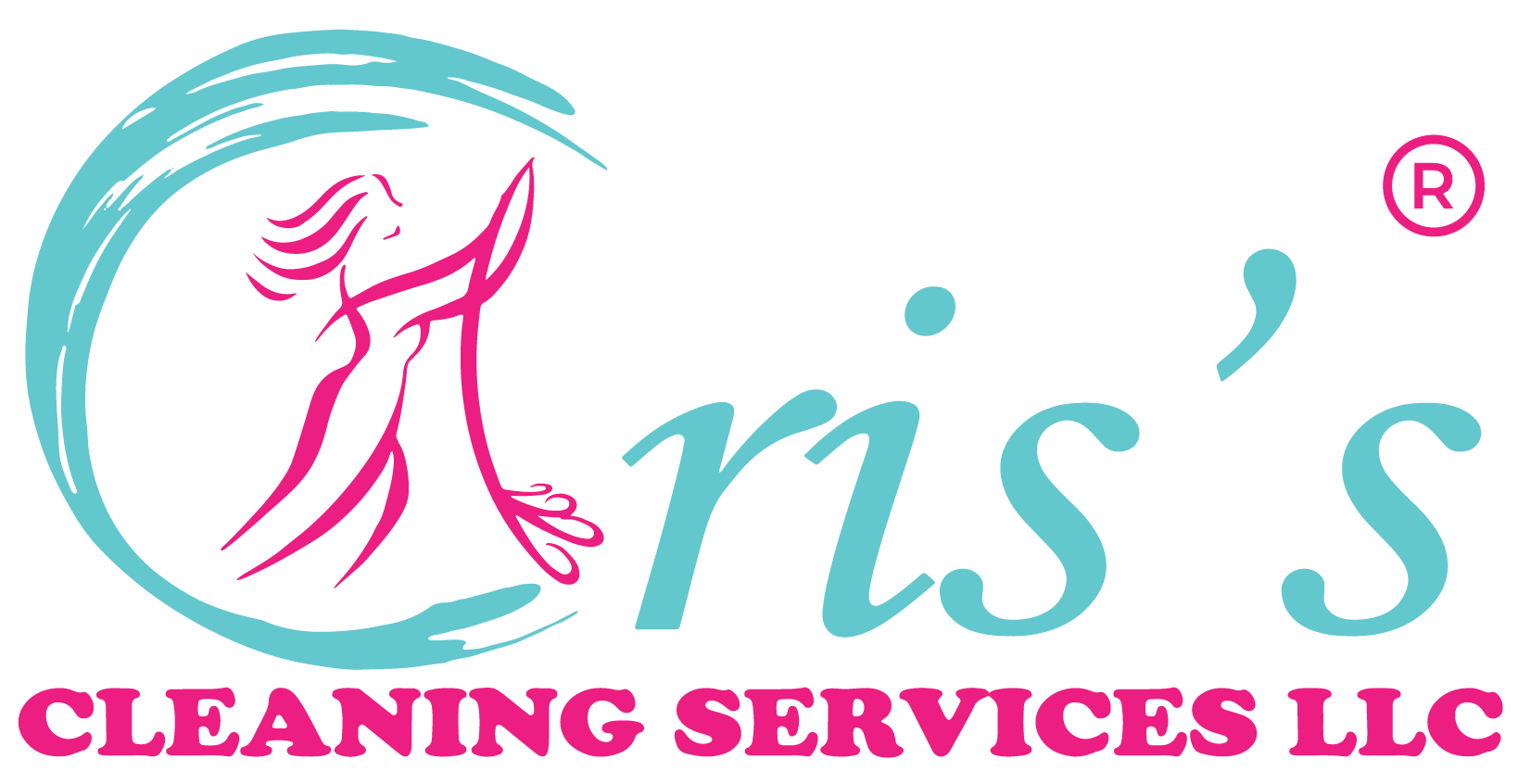After the past year and a half of the Coronavirus pandemic, there’s been a lot more focus on health and safety, both for you and others. People are smart to sanitize frequently touched surfaces and their hands, but there can still be some areas of your house that slip your mind (or you put off cleaning as thoroughly), and one of them is the bathroom.
Yes, your bathroom is one of the most common places in a house that will have germs and provide the environment to keep them around. Because moisture is required for bacteria to survive and grow, certain areas in your bathroom can be home to hundreds of bacteria.
Bacteria Spots in Your Bathroom
People often think that the toilet or floor can have the most bacteria, but because those get cleaned more thoroughly and often than other areas, they can be surprisingly cleaner than you’d expect compared to your bath, faucet, or even door handle.
Shower and bath. Your shower curtain and bath, since they get the most moisture and can sometimes not dry properly, can be a good host to colony-forming units of bacteria that linger.
Sink and faucet. When you wash your hands and the germs that you pick up or carry previously are killed by your soap, they can still sit and fester in the sink. And the faucet has almost three times the amount of bacteria compared to your sink, because you’re touching it before and after washing your hands. Without proper cleaning, those germs can stay for a longer time than you’d like,
Door handle and light switch. Similar to your faucet, the door handle and light switch are used before and after washing your hands. You’re transferring any bacteria that you picked up in the bathroom from all of the surfaces you touched once you flick off the light and walk out the door.
Types of Bacteria in Your Bathroom
So what kind of harmful bacteria exactly are in your bathroom? Unfortunately, there can be more than you’d like. And they can have painful symptoms, including nausea, stomach cramps, diarrhea, or even vomiting. Here are some of the most common bacteria found in a bathroom:
E. coli. This bacteria primarily arises from people not washing their hands properly, and is certainly the most bacteria you may encounter in your bathroom. While it may have mild symptoms, it can lead to bacterial bloodstream infections, meaning people with weak immune systems are especially at risk.
Gastrointestinal viruses. Easily transmitted and being able to remain on a surface for as long as a week, these viruses (which includes the common norovirus) cause stomach ailments.
Staphylococcus aureus. Less common but still harmful, this can cause skin infections or even pneumonia by spreading through the bloodstream to distant organs. Skin infections cause blisters, redness, or swelling. And, just like many of these bacteria, thoroughly washing your hands will stomp any problems from arising or spreading.
Those are the most prevalent bacteria in your bathroom, but there are more to look out for, including fecal bacteria, influenza, hepatitis, salmonella, and shigella.
Washing your hands certainly plays a tremendous part in stopping these germs, but thorough cleaning of your bathroom (including your bathtub & shower, mirrors, fixtures, countertops, toilet, and floors) is required as well.
Call Today!
Your bathroom unfortunately can be a breeding ground for hundreds, if not thousands, of potential bacteria. Most of them aren’t that serious initially and won’t cause issues for you, but without proper cleaning and treatment they can be a real problem quickly. Cris’s Cleaning Services, who has been helping to keep residential and commercial areas clean for nearly a decade, is ready with our professionals to take on your bathroom’s harmful bacteria.
In a time where there is heightened attention to health and safety, don’t get too distracted to pay attention to areas of your home that require your frequent care.
